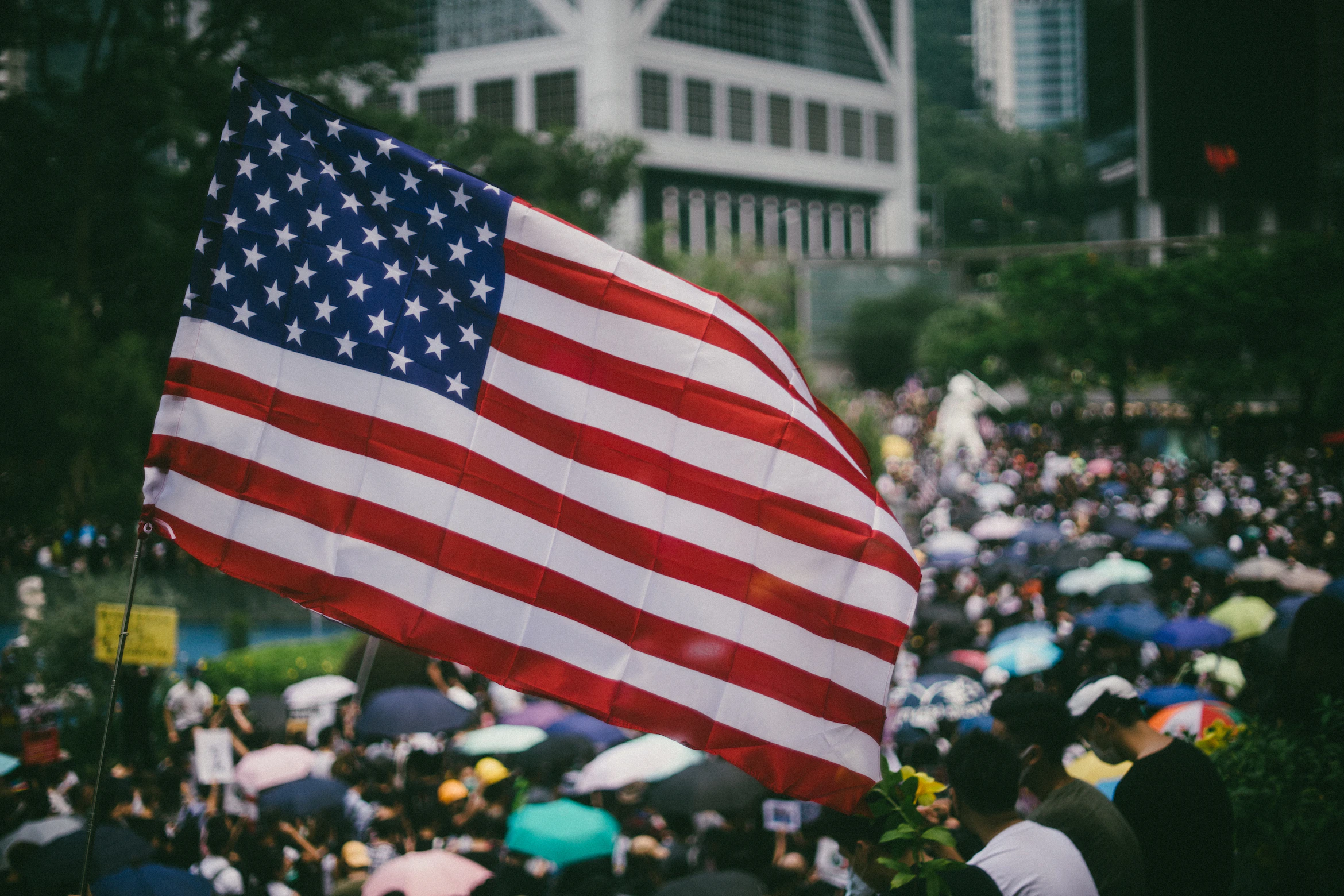Author: Gianluca Catucci
Introduction
The undisturbed incursion by the Chinese balloon into American territory and over military sites captured the attention of analysts worldwide, climaxing in a spectacular battle between an F-22 fighter jet and a balloon. After some hesitation by American leadership, the downing was authorised and live-aired but raised many legal and political issues.
Vintage Balloons
The first question is why China, a technological giant, would need balloons to spy on US territory.Compared to drones and satellites, balloons are infinitely less expensive and preferable in an operation at a high risk of loss of the device. Furthermore, balloons float at an altitude significantly lower than satellites, thus potentially capturing audio that the latter cannot intercept, and providing higher-quality imaging. Balloons also allow constant surveillance whilst being much less detectable, as they can hover for long escaping radars, and can even deploy their drones. Lastly, whilst subject to wind patterns, they are more manoeuvrable and their flight altitude can be modified.
The test of International Law
Before addressing the political consequences of the balloon’s destruction, it is important to put the operation to the test of international law. According to the Chicago Convention (ICAO, 1944), articles 1-3, “every state has complete and exclusive sovereignty over the airspace above its territory.” Commercial airliners and balloons both qualify as civilian airships, and thus cannot fly over the territory of another country without permission.
But what constitutes sovereign airspace?
International law is very clear about the horizontal limits of sovereignty, which is established in the 1982 UNCLOS: it extends until the territorial waters of a state (12nm from the baseline). Conversely, there is no agreement over what constitutes the vertical boundary of sovereignty, a matter on which the Montego Bay Convention, the Chicago Convention, and the Outer Space Treaty are silent. States have thus used divergent standards to draw the line between national airspace and outer space. Technically, states could claim as sovereign territory up to 100 km of space above ground (62 mi, the Kármán line).

The consequences of this distinction cannot be overstated: states have sovereign authority and jurisdiction over their airspace, but no one has authority over outer space, which is an international commons.
China contends that the balloon was a civilian device conducting meteorological research in outer space, while the most credible accounts report the UAV flying at 60.000 feet above the ground. According to US practice, this would be considered within American airspaces, like all aircraft flying below 100.000 feet, and its transit would thus be conditional upon permission by state authorities. Article 3(bis) of the Chicago Convention proscribes the use of force against civilian aircraft. Nonetheless, in the case at hand, international and domestic rules were violated, giving the US the right to restore its domestic law & order via countermeasures and the use of internal force, as long as proportionate and necessary, a test facilitated by the absence of human personnel on the airship.
Moreover, if it were proven that the balloon was a spy device - increasingly likely while it is being dismantled and studied - its status would not be regulated by the Chicago Convention, which deals only with civilian aircraft. Indeed, a spy balloon is considered a state military aircraft. A violation of sovereign airspace by such an airship would thus amount to a use of force in violation of “the territorial integrity or political independence” of the United States, as per art.2(4) of the UN Charter. As similar past episodes showed, the US was entirely within its rights in neutralising the possible threat, again provided that the response was necessary and proportionate.
The Communist Party answered in dismay, alleging a force majeure justification in a note by the Foreign Ministry. Top diplomats have harshly criticized President Biden for his aggressive tone in the State of the Union address. Nevertheless, the official response was not excessively confrontational, and a final answer on the nature of the incursion is yet to arrive. Furthermore, evidence is emerging concerning a larger swarm of Chinese balloons over all five continents, and of a case where China, on the receiving side of a surveillance balloon, shot it down in 2019 alleging similar justifications.
Political Consequences
After having established the legality of the shooting, the next step requires analyzing its political context and consequences. This incident inserts itself into a string of tensions between the two superpowers, the zenith of which consisted in Nancy Pelosi’s visit to Taiwan last August.
Biden and Xi’s meeting in Bali helped thaw out the situation, with both leaders agreeing on the need for open and direct diplomatic channels to communicate. However, top American military officials have criticized the Chinese leadership for not fulfilling their promise in the case at hand, leaving calls by the Defense Secretary unanswered. Fears are that a lack of communication may make misunderstandings and flare-ups more likely; crisis hotlines during the Cold War with the Kremlin proved vital for averting open hostilities.
While the significance of the data collected is poor, the undisturbed penetration of a Chinese balloon within the US mainland caused a few headaches to American officials. It is a clear signal from the CCP that it has the capacity to trespass on American territory, and not only small atolls in the South China Sea. Moreover, through a grey-zone operation, Beijing has successfully used non-violent means for a clear political goal: destabilising its main adversary while averting an overt military response.
Hence, not only has the incursion shown the disruptive potential of Chinese technology, but it has exposed the vulnerability of American intelligence services, fuelling chaos in American public opinion and halls of power. Hawkish members of Congress, notably Republicans, have lashed out at President Biden for having failed to prevent or act quicker. The live coverage of the balloon’s destruction sought to remedy this fiasco but contributed to exacerbating tensions and Anti-Asian rhetoric, already high in the country, and to fan the flames of a spiralling escalation not only of words.
Conclusion
The balloon incident is just another episode of a saga of a looming US-China crisis. It highlighted the lack of true communication hotlines between the two nuclear powers and the threat this poses to international peace and security. Indeed, misunderstandings between nuclear powers and poor crisis management could lead to apocalyptic scenarios.
While the People’s Republic tested US tolerance, the latter responded by showing that it means business, by annihilating the balloon with a $400.000 missile fired by the most advanced fighter in the world. This adds to its muscle-flexing through a chip embargo and a deal with the Philippines for the use of four military bases.
Overall, both sides seem to ignore conciliatory avenues and through unscrupulous violations of sovereignty, grey-zone operations, discordance in crucial international fora, and muscle-flexing, they keep fanning the flames of strategic competition. Even worse, aggressive rhetoric bounces from Beijing to Washington with little consideration for its consequences.
Through belligerent discourse and the antagonization of the other, the US and China contribute to constructing the idea of the enemy and convincing stakeholders and citizens of the inevitability of conflict, potentially exposing the world to a self-fulfilling prophecy and global catastrophe. While the Bulletin of Atomic Scientists considers this only 90 seconds away, hope is that de-escalation efforts and the Bali agenda return to the central stage.

No comments.